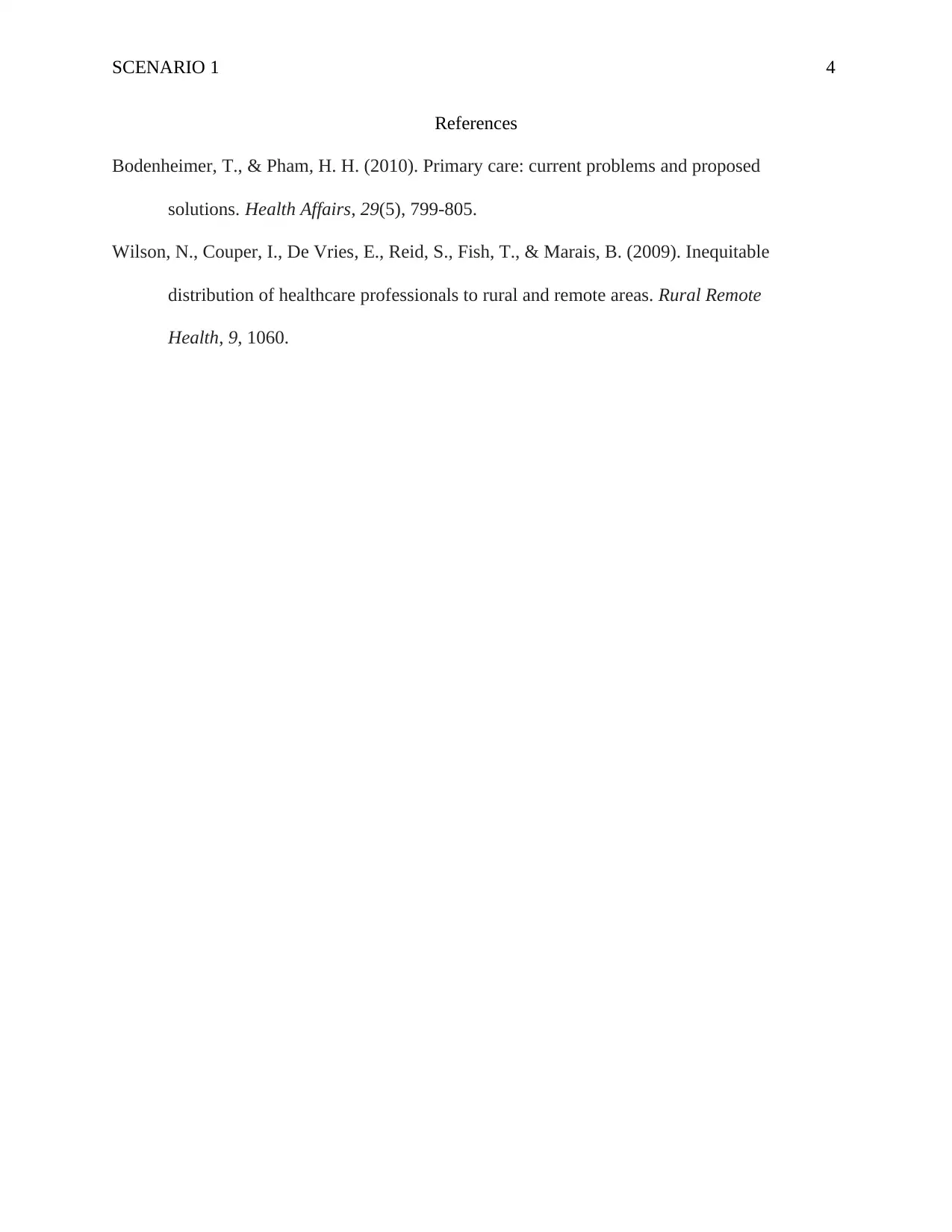PUBH8475 - Implementing Health Programs in School and Workplace
VerifiedAdded on 2023/06/11
|4
|508
|486
Discussion Board Post
AI Summary
This discussion post explores the implementation of health programs in school and workplace settings, drawing a parallel between the two as environments where individuals spend a significant portion of their time and are receptive to information. It uses the example of malaria prevention in Namibia, particularly among children, to illustrate how programs can be tailored for each setting. In schools, the emphasis is on educating children about malaria symptoms, encouraging teachers to observe students, and potentially implementing vaccination programs. The strategy involves establishing school clinics equipped to treat basic ailments like malaria. In workplaces, the focus shifts to educating parents about malaria symptoms in their children and providing resources like treated nets. The post suggests supplementing workplace education with leaflets to reinforce the information. The aim is to reduce the incidence of malaria and the need for rural residents to access distant medical facilities, which they are often unable to do.
1 out of 4






![[object Object]](/_next/static/media/star-bottom.7253800d.svg)